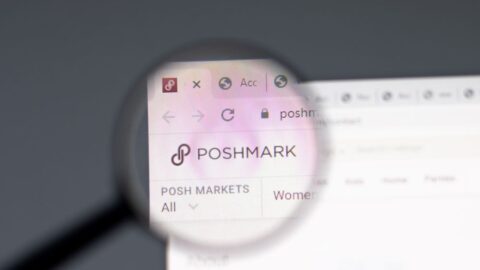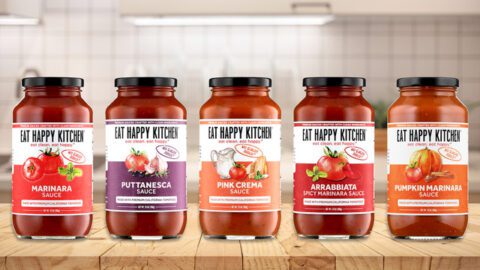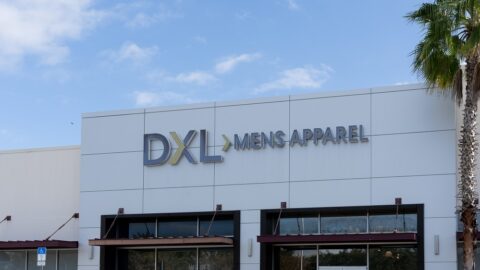Retargeting existing customers to boost conversions has always been a strong tactic for retailers, and it’s likely to become even more important as third-party cookies deprecate and more stringent privacy regulations go into effect.
Women’s intimates and apparel retailer Natori has shown that using artificial intelligence (AI) can supercharge retailers’ retargeting efforts. For example, by specifically retargeting those customers who had added to their online carts over the previous 30 days, and spotlighting the specific items they had browsed or put into their carts, Natori achieved a Return on Ad Spend (ROAS) of 943% in Q3 2023.
“The stronger the commitment shown by the customer, the stronger the retargeting,” said Ken Natori, President of Natori in an interview with Retail TouchPoints. He compared the level of interest of a consumer who had simply seen a Natori ad on social media to one who had “gone to the website, added something to their bag and abandoned the cart. That’s much more useful [data] than the first consumer. The stronger the intent, the closer they get to buying, the more valuable the data is in retargeting.”
Natori’s retargeting campaigns make use of data gleaned from the on-site behavior of the consumers being retargeted. “We aren’t blindly retargeting every user,” said Natori. “We’re relying on our first-party data to make smarter decisions regarding whom to retarget. And because we’re retargeting users based on the traffic we acquired, we know something about those users’ sources and motivations.”
The retailer also uses a variety of messaging for its retargeting campaigns. “It can be specific about a particular product, but we also send other types of notifications,” explained Natori. “Maybe someone viewed something and didn’t put it in their bag; maybe the price has dropped since then, or maybe the message is, ‘This is low in stock, better complete the purchase.’ We can get very granular in the retargeting that we do.”
While the retailer primarily uses email, “our texting efforts have increased a lot over the past few years,” said Natori. “There’s now more and more personalization, and we expect that to continue to be a bigger part of our paid media strategy.”
AI Directs the Most Effective Ads to the Most Likely Purchasers
The AI element comes from solution provider Albert, which Natori, a family-owned and run business founded in 1977, has worked with since 2017. The technology has built up five years of data-optimizing ad performance on the Natori product offering, which allows the Albert solution to analyze, in real time, which creative elements deliver the greatest conversions for each product and user segment. The solution then automatically serves the most effective ads to the users who are most likely to convert.

By learning the retailer’s business and constantly being trained on its data, Albert is able to optimize all its campaigns all the time, allocating budget (from campaign to campaign or from one platform to the other), as well as moving to other audiences. The solution is designed to build new audiences based on successful ones in order to keep expanding reach, and is continuously testing multiple variations of the creative content.
The Albert technology, designed to maximize performance for each audience, “knows” when to move on to other audiences in order to keep ROAS high — for example, when an audience is limited in size and can’t be increased. Natori can use Albert to target customers who had previously engaged with and/or purchased similar products, registered on the ecommerce site or participated in a promotion. In concert with Meta’s AI, Natori can then use the technology to build audiences with similar attributes when the retargeting campaigns are run on a Meta platform.
Vertical Integration Enhances Natori’s Flexibility
Natori was founded by Ken’s mother Josie Natori, who remains the company’s CEO and Chief Creative Officer. (It all began with Josie creating lingerie on her living room floor.) She left a prestigious Wall Street position to start the company; similarly, Ken left a career in finance to join the company in 2007.

“We’re very design-driven,” he said. “A lot of brands out there have sold to bigger shops where the bottom line is king, but we’re more about our reputation and the product we put out. In fact, we make the majority of our [product] collection. We operate our own factory in the Philippines, but we don’t run it as a profit center, so if there’s something that’s important for a brand, we can do small quantities. We also get end-to-end accountability in the supply chain.”
Natori also sells via wholesale channels, to luxury retailers such as Neiman Marcus and Bergdorf Goodman. “That [department store] channel has had its issues in terms of growth, but [these retailers] are just as important to us as our dot-com business,” said Natori.
“We want to continue to differentiate ourselves with our independence and unique design aesthetic, for as long as we can continue to tell that story and make our customer feel more connected to our product,” he added.













